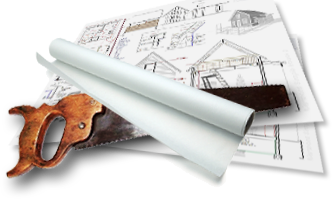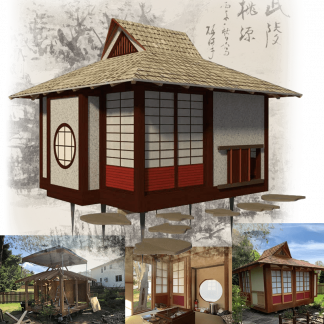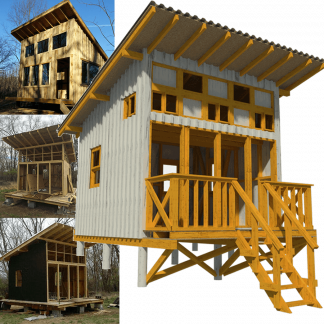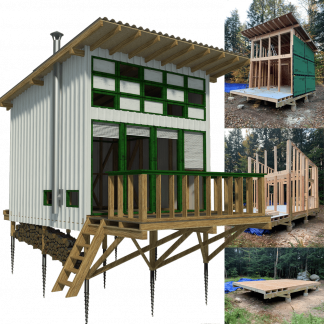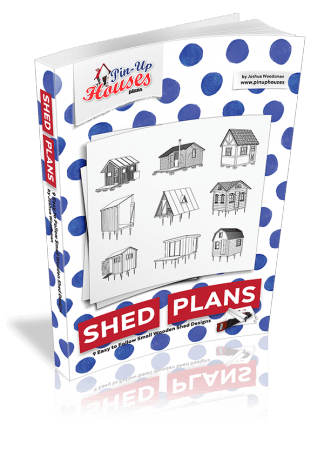Where Form Meets Real-World Function
Some materials earn their place in a space because they’re tough. Others, because they look stunning. And then there are those rare few that manage to tick both boxes—materials that not only catch the eye but genuinely improve the way a space performs. Reflective surfaces fall into that category.
From commercial buildings to kitchens and retail interiors, reflective materials offer far more than just shine. Their visual appeal is obvious, sure. But what’s often overlooked is how much they contribute to safety, efficiency, and comfort behind the scenes.
Light Amplification That Works for You
A well-placed reflective surface can drastically improve the lighting of a room—without adding a single extra bulb. That’s especially useful in settings like restaurants, showrooms, or small home offices where natural light might be limited or uneven.
Surfaces that reflect light help brighten shadowy corners, make compact spaces feel bigger, and reduce the need for artificial lighting during the day. It’s subtle, but powerful. Instead of light simply hitting a wall and stopping, reflective surfaces bounce it back into the room, softening harsh shadows and giving the space a more open, welcoming feel.
Designers often use this trick in areas where full-length mirrors might be too bold or out of place. Polished materials—like sheets of stainless steel—offer a gentler way to reflect light without being the focal point themselves.
Making Small Spaces Feel Larger
Reflective surfaces play an underrated role in spatial perception. In tight hallways, compact kitchens, or narrow stairwells, they create the illusion of depth and space—making areas feel less cramped and more breathable.
This isn’t just about aesthetics. In commercial environments, visual spaciousness can directly influence how people interact with the space. Customers stay longer in retail settings that feel open. Diners are more comfortable in restaurants that don’t feel claustrophobic. Even a subtle shine across wall panels or cabinetry can help change the mood of a room.
A Clean Look That’s Easy to Maintain
There’s a reason reflective materials are used in hospitals, commercial kitchens, and labs. It’s not just about appearance—it’s about hygiene and ease of maintenance. Smooth reflective surfaces are generally non-porous, which means they don’t trap bacteria or moisture the way textured ones do.
That glossy surface also makes it easier to spot smudges or spills—so messes don’t go unnoticed. And when it comes to cleaning, they’re usually wiped clean with minimal effort. No need for abrasive scrubs or harsh chemicals.
This practicality is part of why sheets of stainless steel are so common in workspaces that demand both visual order and high cleanliness. They do their job quietly, staying sleek and functional without fuss.
Durability That Doesn’t Compromise on Style
Reflective doesn’t mean fragile. In fact, many of the most commonly used reflective materials—like stainless steel, acrylic panels, or polished concrete—are incredibly tough.
This makes them ideal in high-traffic areas where wear and tear is a constant. Think elevator interiors, shopping centre handrails, transit terminals, or shared office kitchens. These spaces need to look polished but also hold up against daily use, impact, cleaning, and general abrasion.
And because the visual ‘wow’ factor is built into the material itself, there’s no need to repaint, refinish, or replace often—making it as smart as it is stylish.
Subtle Branding and Visual Identity
Reflective finishes can also play a quiet but powerful role in brand identity. A business with a clean, modern aesthetic might choose brushed metal wall panels or glossy kickboards to reinforce that visual message.
These materials don’t distract—they enhance. They work with lighting, mirrors, and architectural lines to create cohesion, subtly echoing a company’s tone without relying on flashy signage or bold colours.
It’s a way of telling your story through design, using materials that work behind the scenes to elevate the experience.
Final Thoughts
Not all that glitters is gold—but sometimes, the right amount of shine does more than just look good. Whether it’s adding light to a room, reducing maintenance demands, or strengthening the durability of a busy space, reflective materials earn their keep.
Sheets of stainless steel, in particular, show just how much a good-looking material can also be a hard worker—quietly improving spaces by being strong, clean, and surprisingly versatile.
When chosen thoughtfully, reflective surfaces become more than just a design choice—they become part of how a space functions. And that’s a kind of beauty worth noticing.

